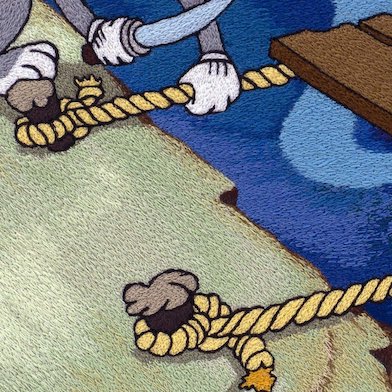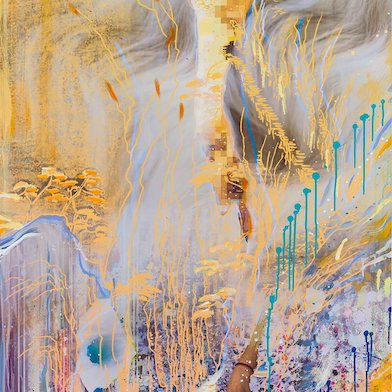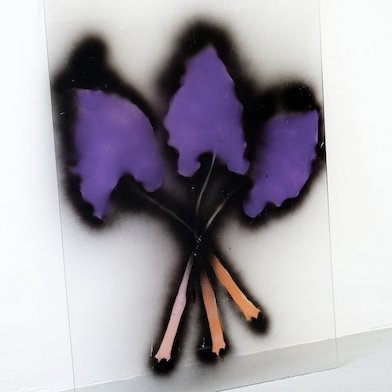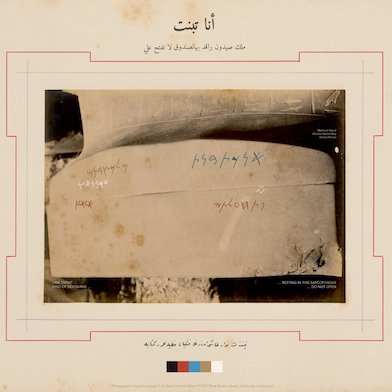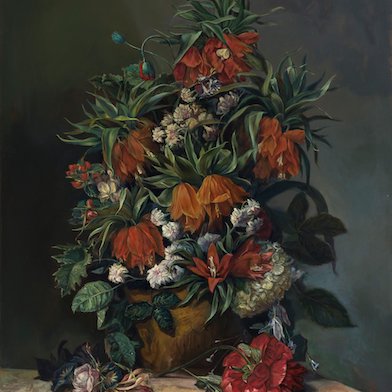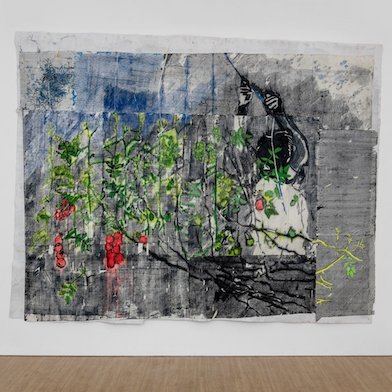Open: Tue-Sat 11am-7pm
Visit
Gina Pane: Préliminaire
Mennour, r. Saint-André des arts, Paris
Fri 24 Mar 2023 to Sat 27 May 2023
47, rue Saint-André des arts, 75006 Gina Pane: Préliminaire
Tue-Sat 11am-7pm
Artist: Gina Pane
Curated by Emma‑Charlotte Gobry‑Laurencin
Mennour gallery’s fifth exhibition of the work of Gina Pane (Biarritz, 1939 – Paris, 1990) focuses on the pictorial and graphic investigations she undertook in the period running from her student years at the Beaux-Arts de Paris (1961-1964) up until 1969- 1970.
Installation Views
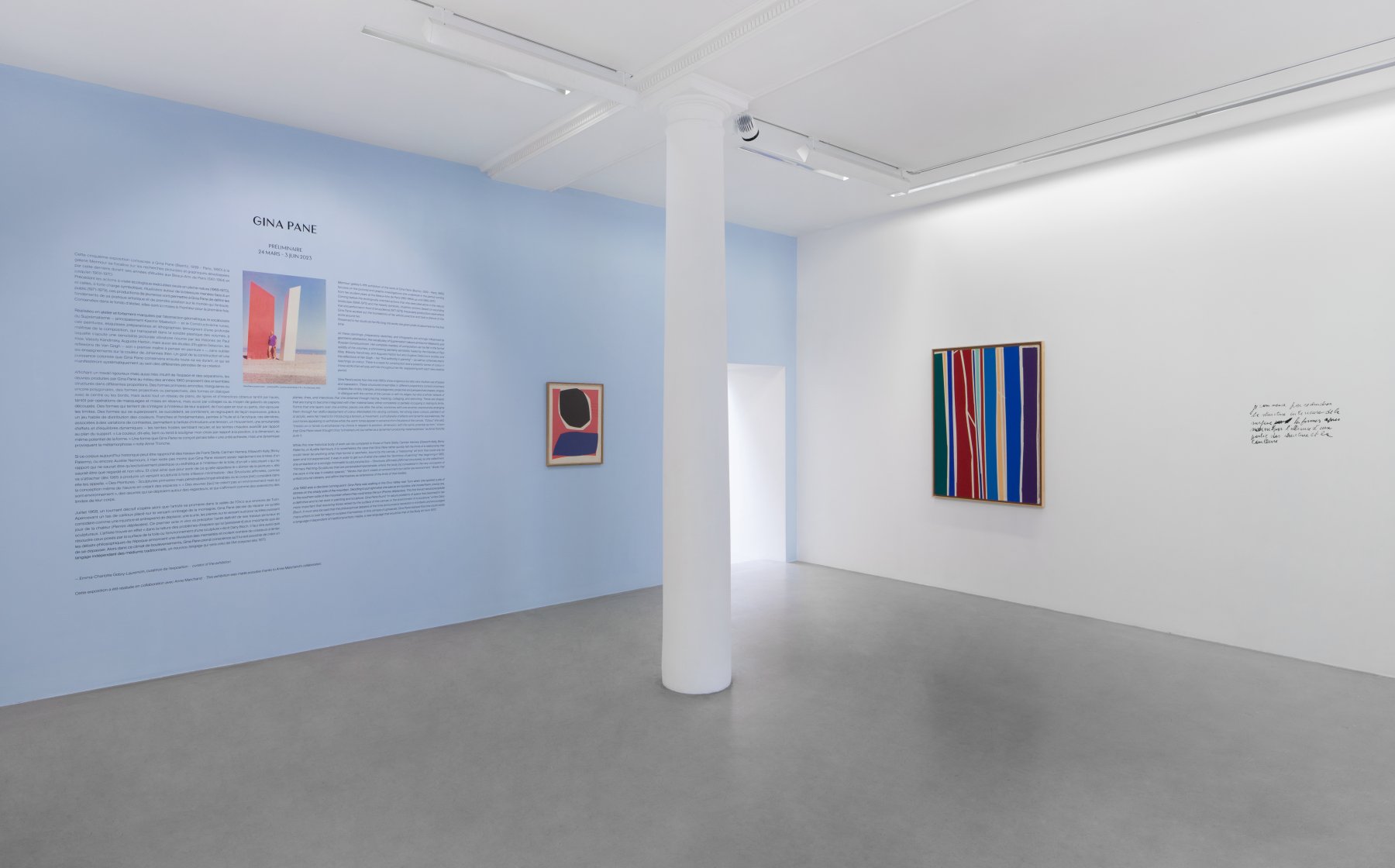
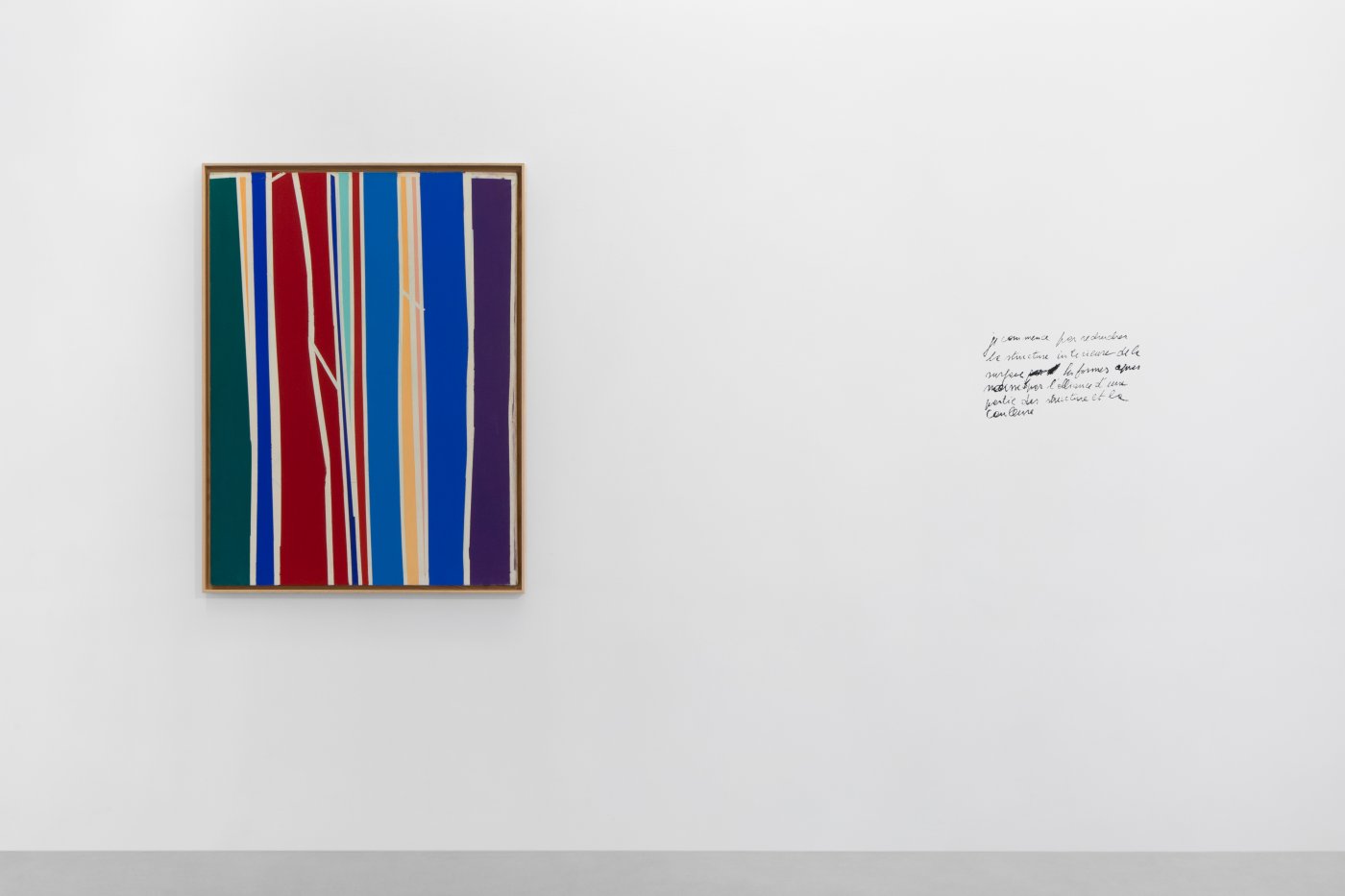
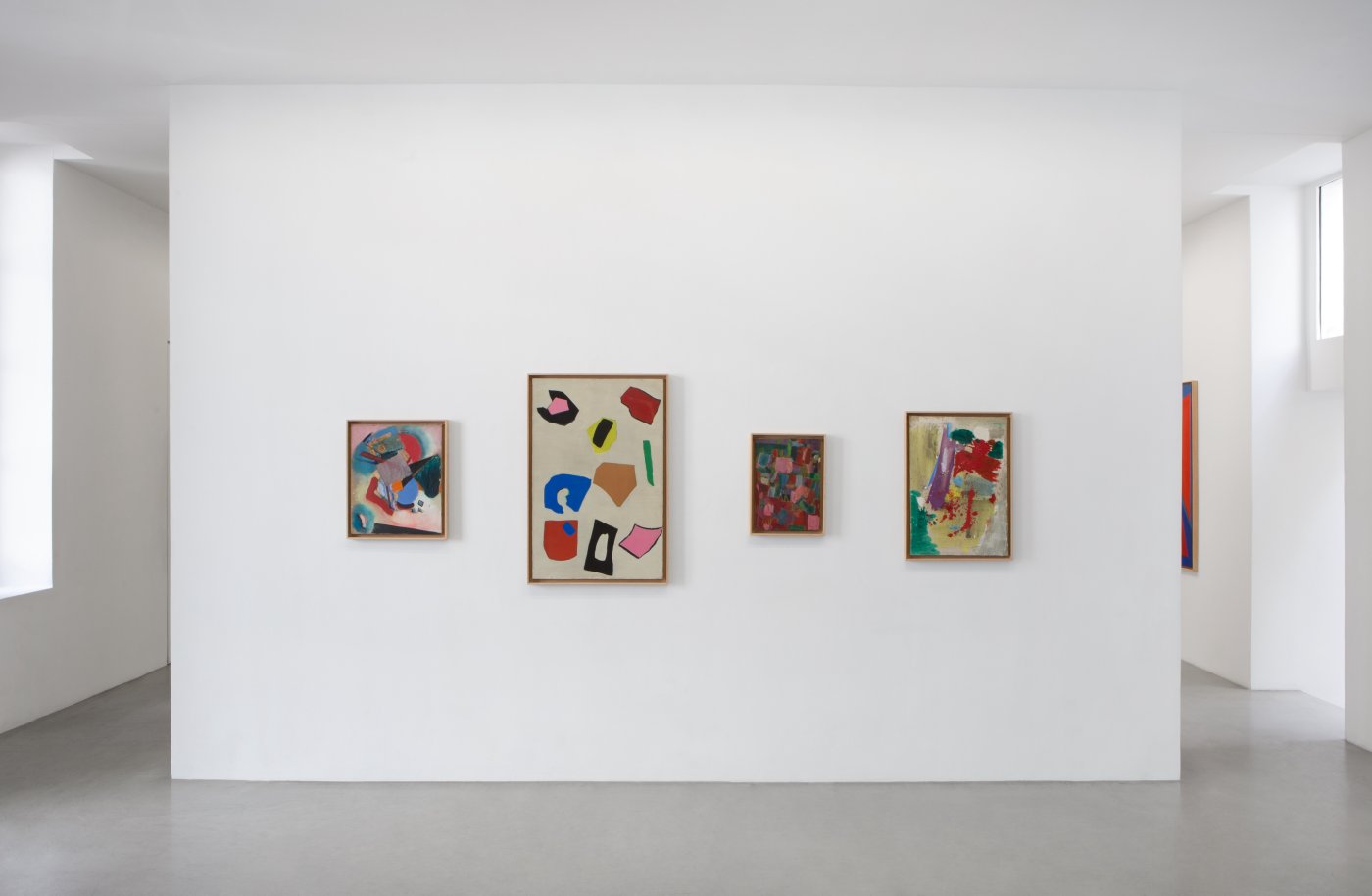
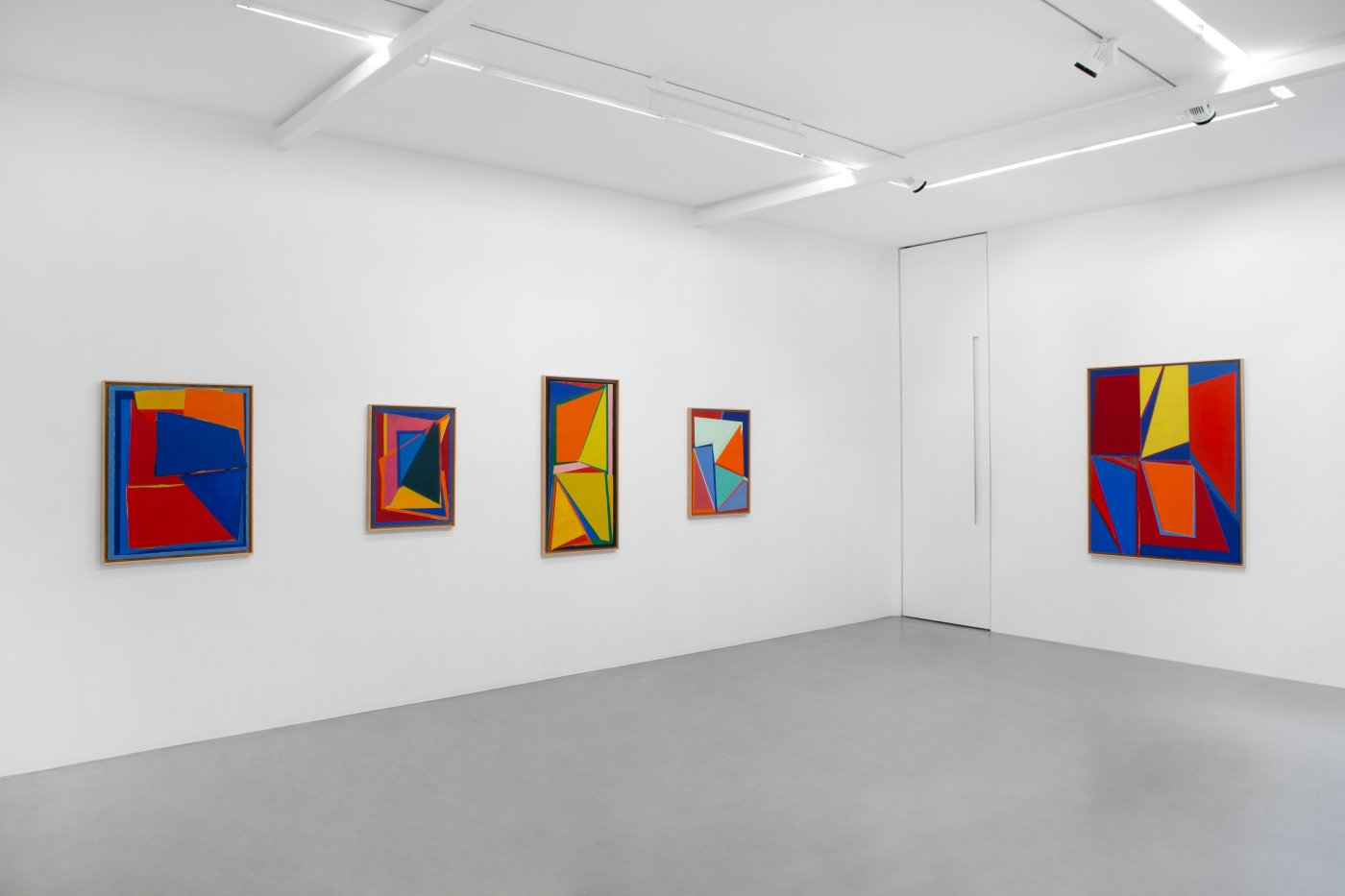
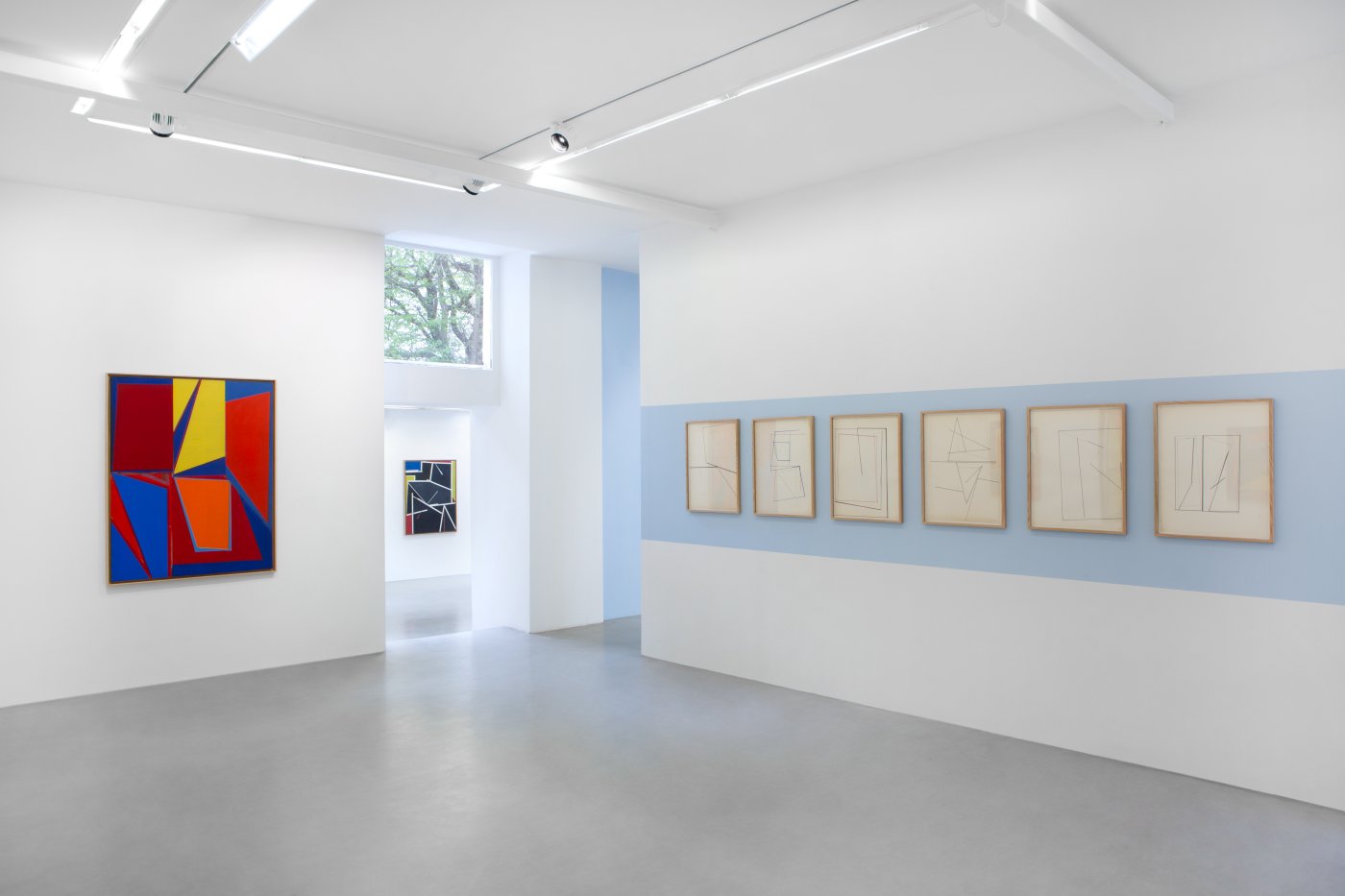
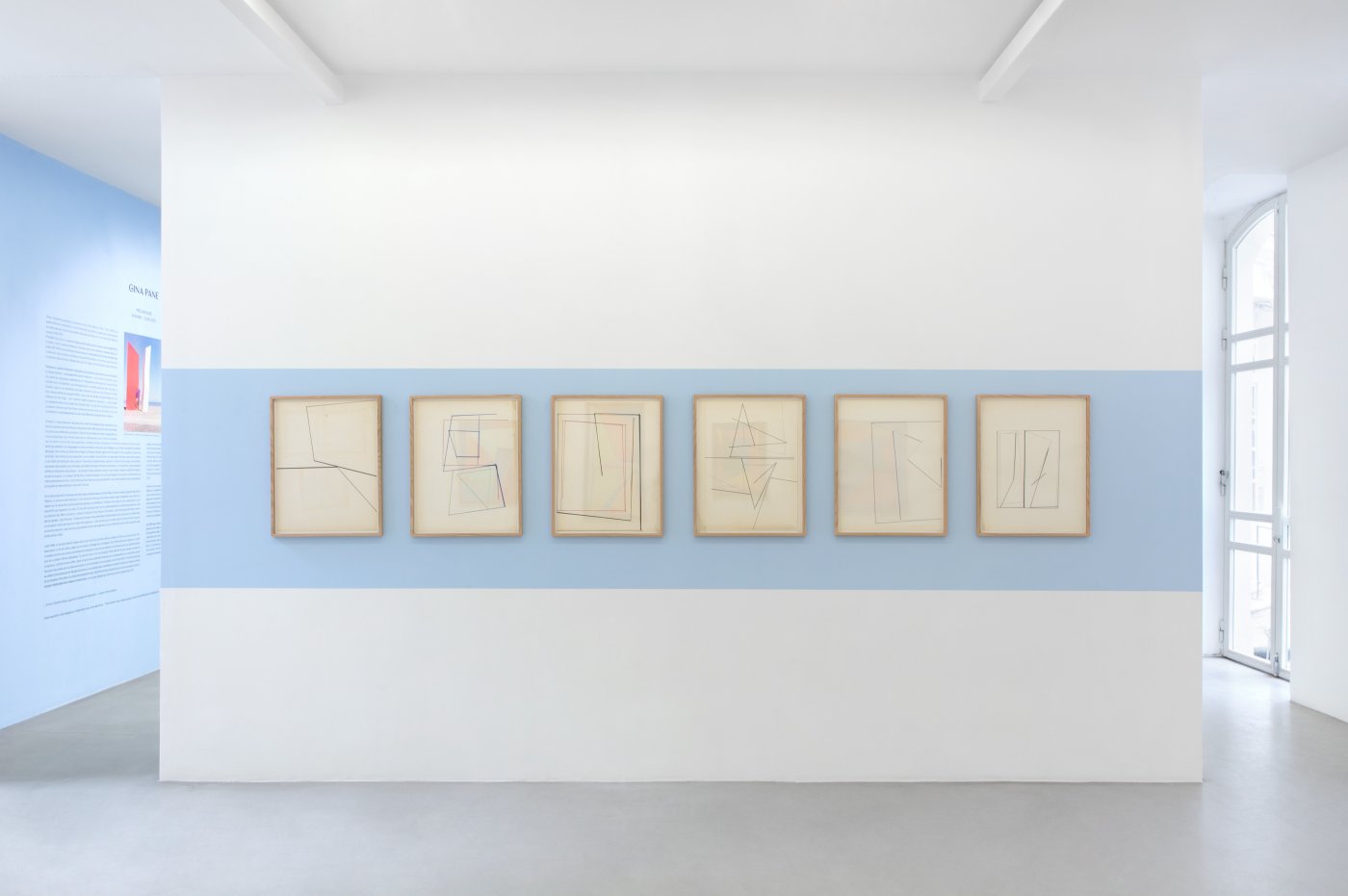
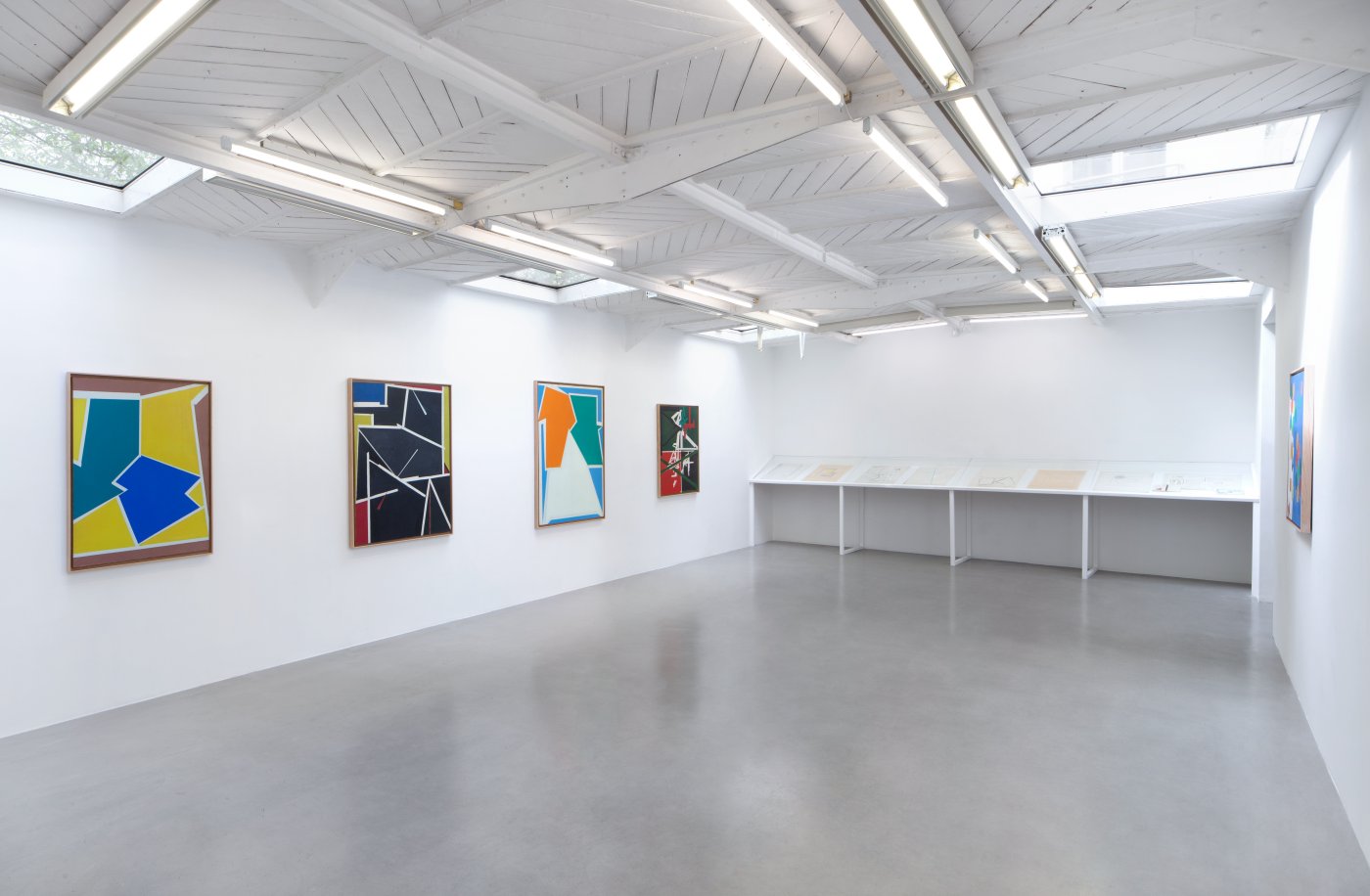
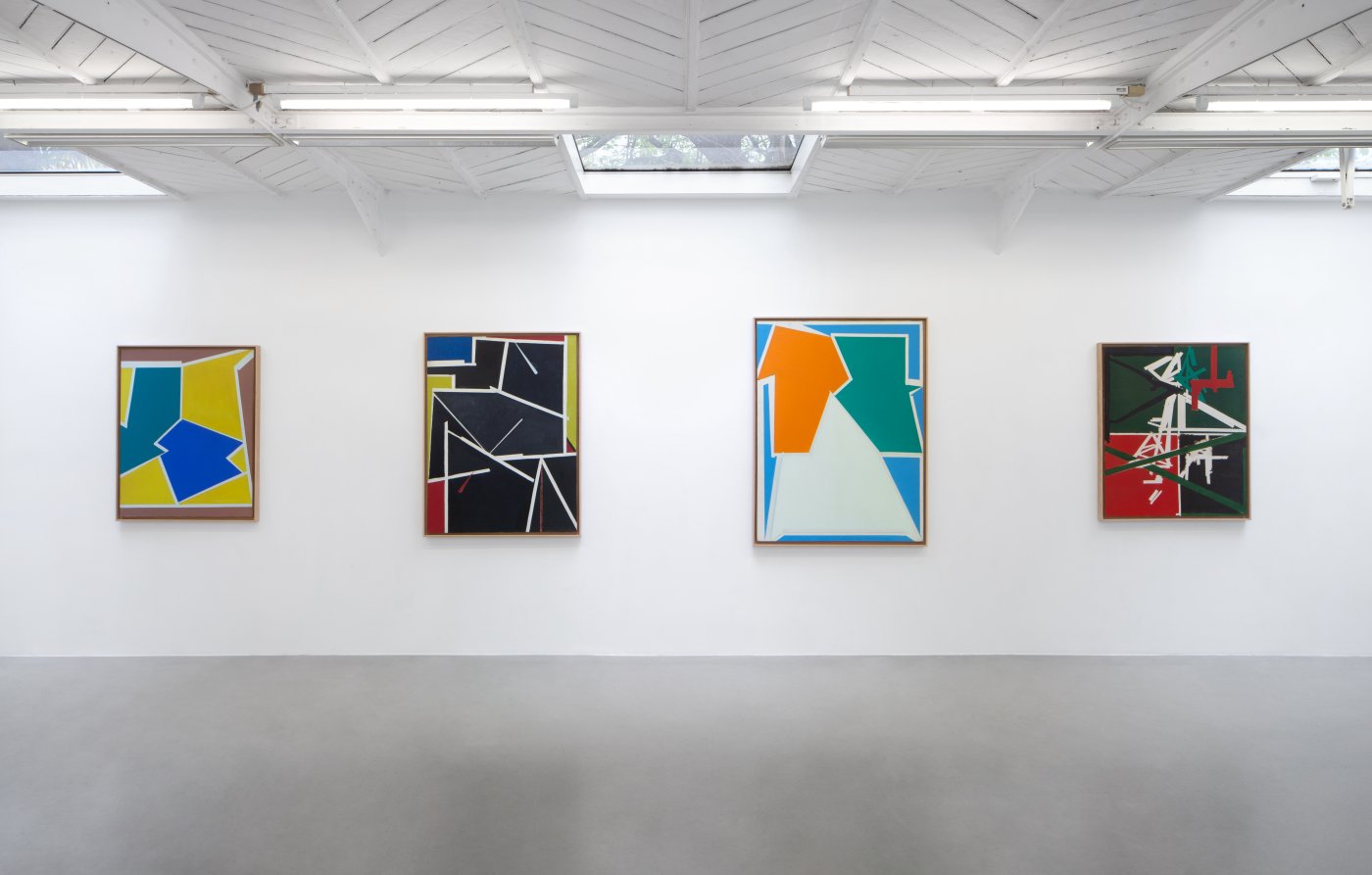
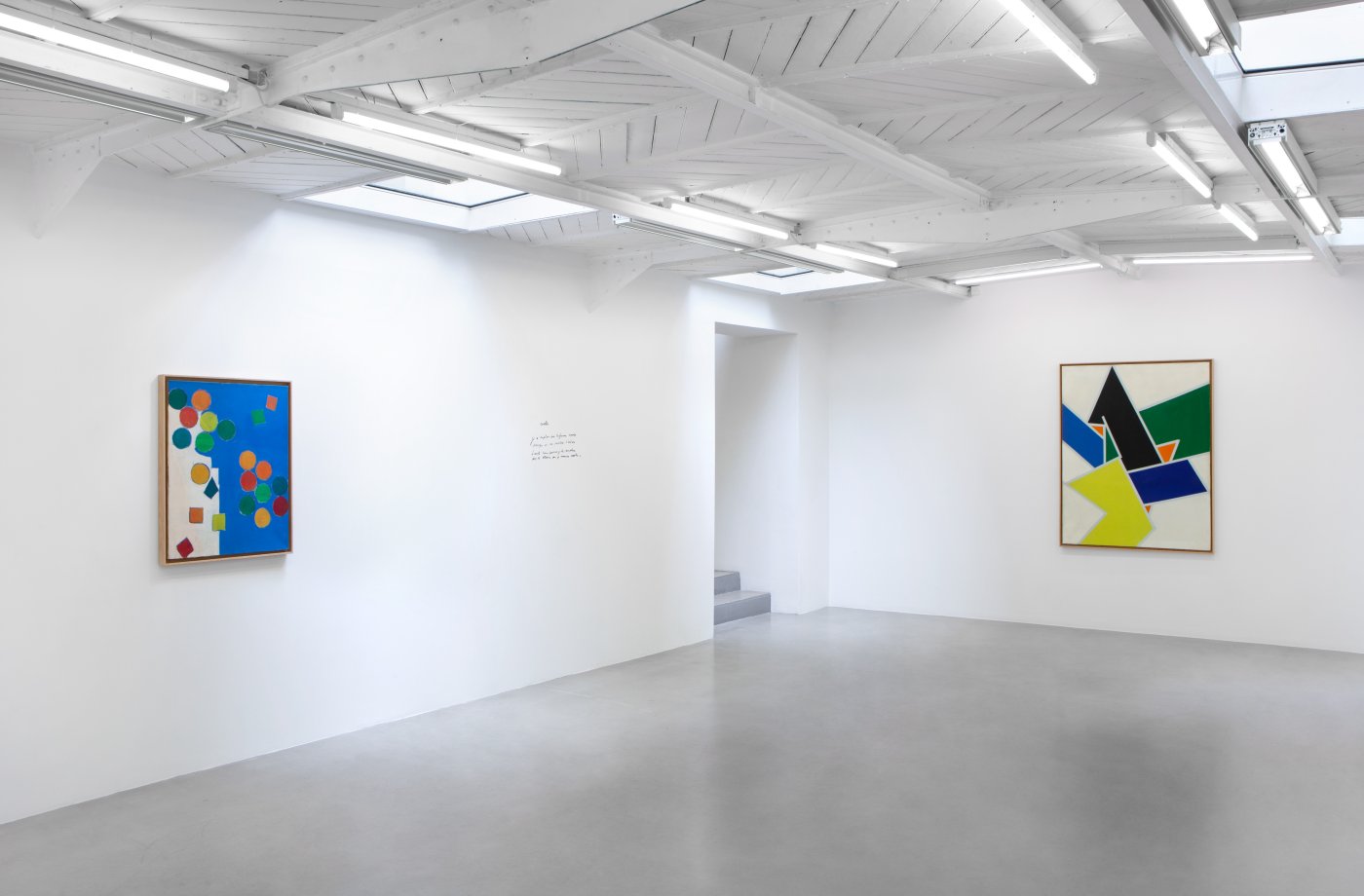
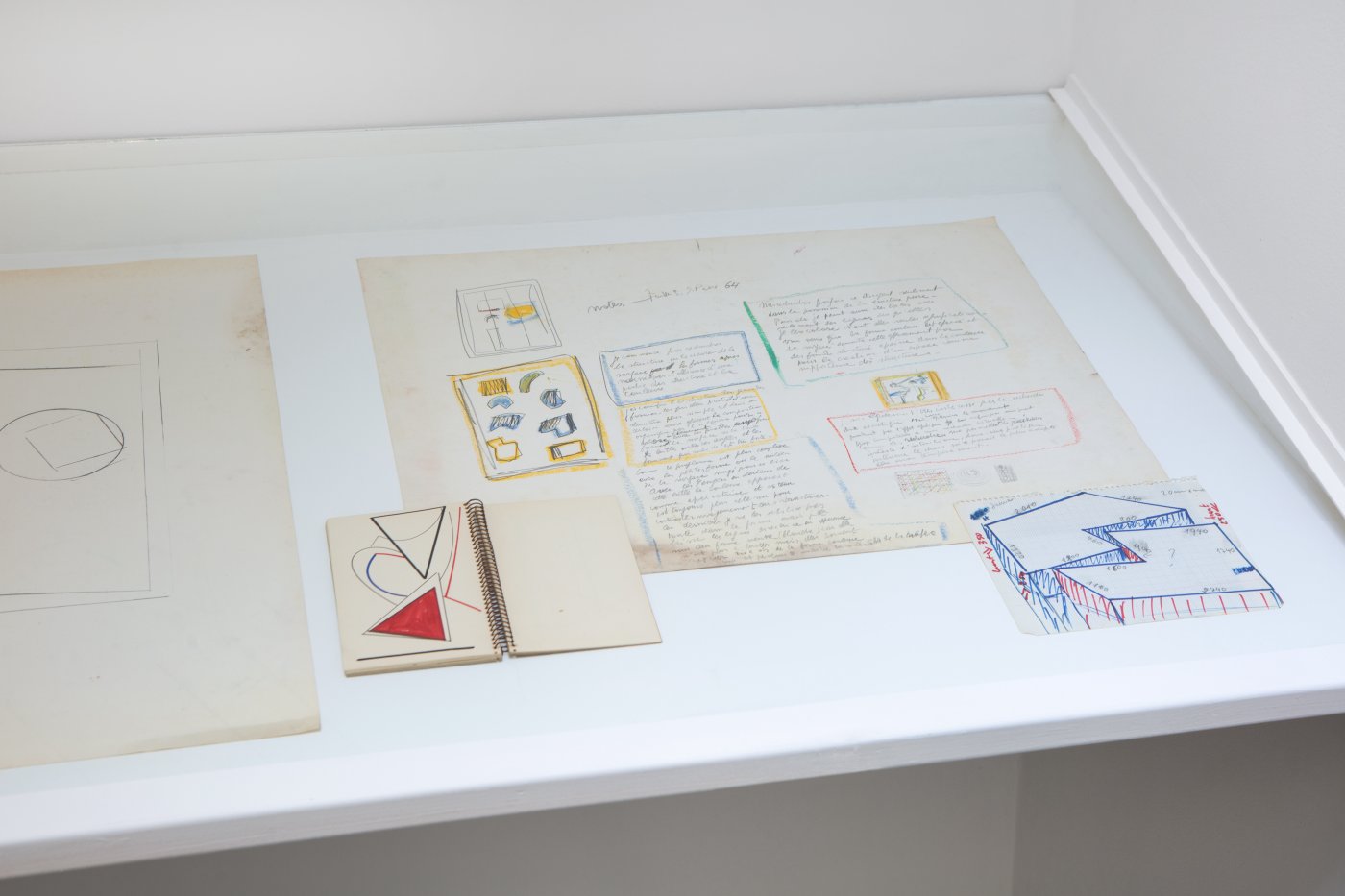
Coming before the ecologically oriented actions that she executed alone in the natural landscape (1968-1970) and the heavily symbolic, ritualistic actions based on wounding that she performed in front of an audience (1971-1979), these early productions were where Gina Pane worked out the foundations of her artistic practice and took a stance on the world around her.
Preserved in her studio all her life long, the works are given pride of place here for the first time.
All these paintings, preparatory sketches, and lithographs are strongly influenced by geometric abstraction, the vocabulary of Suprematism (above all Kasimir Malevich), and Russian Constructivism. Her complete mastery of composition can be felt in the formal solidity of the volumes, a shimmering painterly sensibility fueled by the theories of Paul Klee, Wassily Kandinsky, and Auguste Herbin but also Eugène Delacroix’s studies and the reflections of Van Gogh — her “first authority in painting” — as well as Johannes Itten’s teachings on colour. There is a taste for construction and a powerful sense of colour in these works that will stay with her throughout her life, reappearing with each new creative period.
Gina Pane’s works from the mid-1960s show a rigorous but also very intuitive use of space and separation. These structured ensembles in different proportions consist of primary shapes like circles, triangles, and polygonals; projective and perspectival shapes; shapes in dialogue with the centre of the canvas or with its edges; but also a whole network of planes, lines, and interstices that she obtained through tracing, masking, collaging, and stenciling. These are shapes that are trying to become integrated with their material base, either completely or partially occupying it, testing its limits. Forms that she layers over one another, places one after the other, combines with one another, expressively arranging them through her skillful deployment of colour. Marshalled into varying contrasts, her strong, basic colours, painted in oil or acrylic, were her means for introducing a tension, a movement, a simultaneity of effects and dynamic equivalences, the cool tones appearing to withdraw while the warm tones appear to advance from the plane of the canvas. “Colour,” she said, “insists on or tends to emphasise my choice in respect to position, dimension, with the same potential as form.” A form that Gina Pane never thought of as “a finished unit, but rather as a dynamism producing metamorphosis,” as Anne Tronche puts it.
While this now historical body of work can be compared to those of Frank Stella, Carmen Herrera, Ellsworth Kelly, Blinky Palermo, or Aurélie Nemours, it is nonetheless the case that Gina Pane rather quickly felt the limits of a relationship that could never be anything other than formal or aesthetic, bound by the canvas, a “reassuring” art form that could only be seen and not experienced. It was in order to get out of what she called the “dormitory of painting” that, beginning in 1965, she embarked on a strongly minimalist sculptural practice — Structures affirmées [Affirmed structures], as she called them. “Primary Painting-Sculptures that are penetrable/ impenetrable, where the body [is] considered in the very conception of the work in the way it creates spaces.” “Works that don’t create an environment but rather are environment.” Works that unfold around viewers, and affirm themselves as extensions of the limits of their bodies.
July 1968 was a decisive turning point. Gina Pane was walking in the Orco Valley near Turin when she spotted a pile of stones on the shady side of the mountain. Deciding to put right what she saw as an injustice, she moved them, one by one, to the southern side of the mountain where they could enjoy the sun (Pierres déplacées). This first live act would precipitate a definitive end to her work in painting and sculpture. Gina Pane found “in nature problems of space that [seemed] to her more important that resolving those raised by the surface of the canvas or the environment of a sculpture,” writes Dany Bloch. It must also be said that the philosophical debates of the time announced a revolution in mindsets and encouraged many artists to look for ways to surpass themselves. In this climate of upheavals, Gina Pane realised that she could create a language independent of traditional artistic media, a new language that would be that of the Body Art from 1970.
— Emma-Charlotte Gobry-Laurencin, curator of the exhibition
